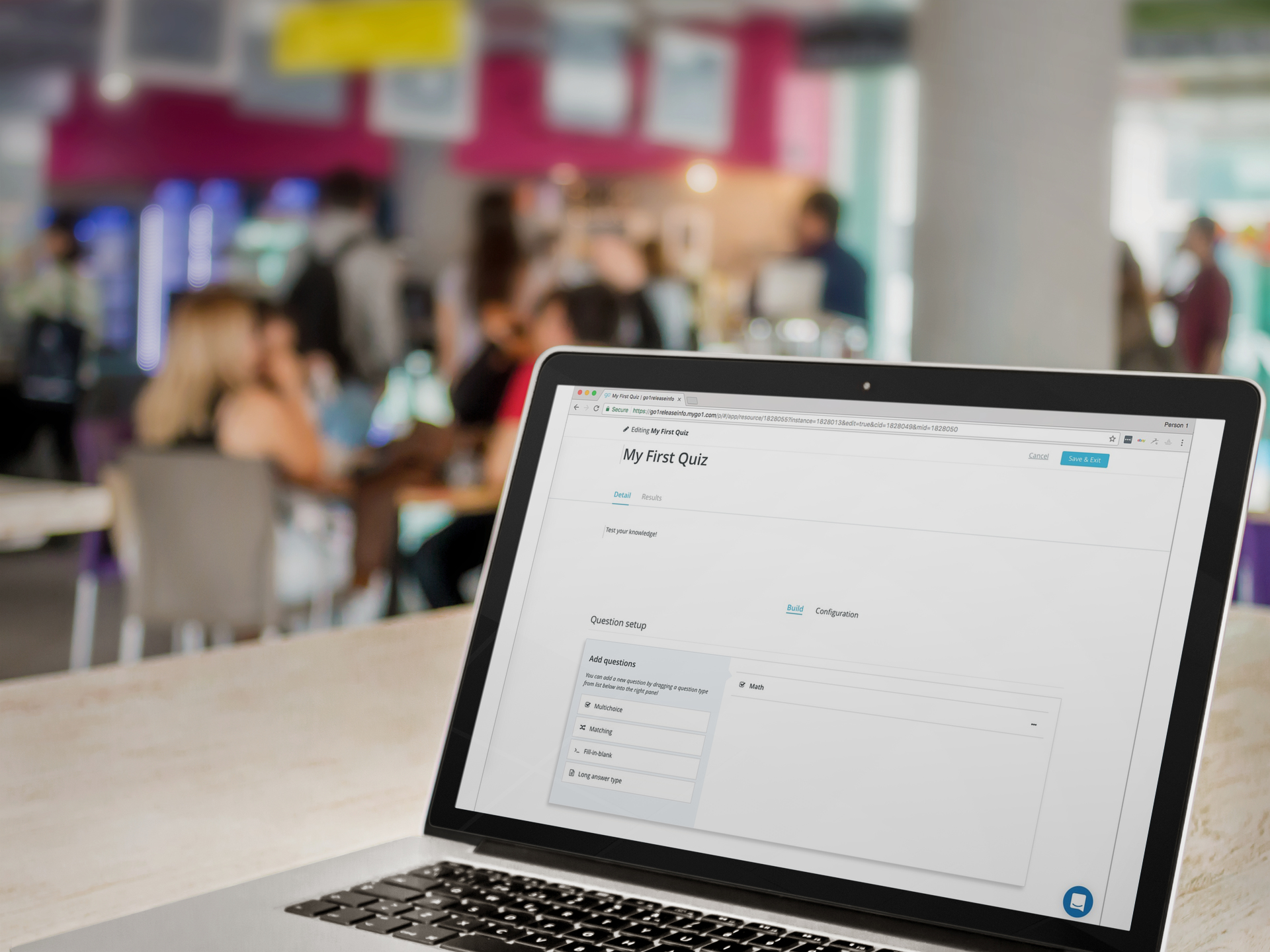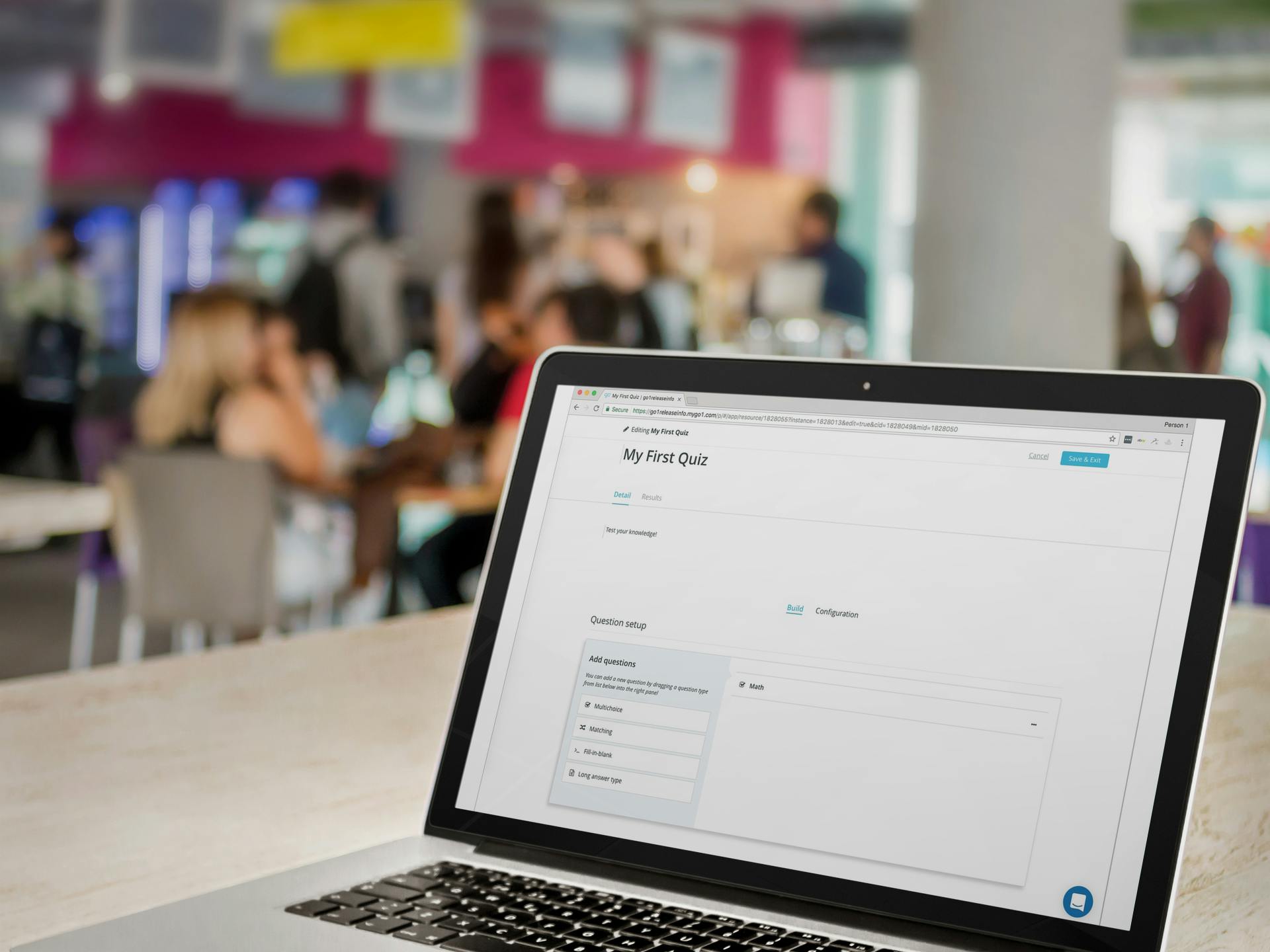
Think like a marketer and build engagement with your learning program

I admit to being a baseball fan and therefore I have seen Field of Dreams many times. Yet I do not believe that, in learning, if you build it (the most elegant learning ecosystem in the world) people will just use it.

User Experience is critical for Digital Learning to succeed. Creating a great user experience means having the ecosystem built out with the technology to find and access content, curated internal, external, informal and formal content, social networks and groups established. Do not expect everyone to be attracted to the shiney new tech. Installing a cool tech solution is step one. Step two is filling the content and creating the frameworks. Finally, the big third step is communicating and marketing the solution.
Techniques to Market Learning Solutions
Developing and maintaining a solid marketing and communication program builds excitement and ultimately the usage of the new solution. And that communication as well as the implementation starts at the top, with leaders and SMEs. Leadership buy in and endorsements are critical. If you sign up leaders to help market, or, even better, produce content, their teams will take the time to follow.
In the case of Digital Learning, have leaders propose articles, do short videos and support topics. Easy to say, not easy to implement when your leaders are already busy.
Involving Leaders
Leaders are driving and producing. It can be hard to grab their attention and to get them to sponsor, endorse or participate in programs. Nevertheless, they are essential. If participants see their manager or their manager 2 or 3 layers up involved, they will be much more likely to join in. It can be the biggest single factor in a program’s success. So, how do you engage leaders?
First and foremost, make it easy for them. Create a list of your expectations and describe what is involved in each area. For example, if you want a senior leader to create a video for the program, have the logistics set up. Can they use a phone or do you need a studio? Who will write the script? What is the time commitment? And, of course, what is in it for them? Or if you want them to speak at a face-to-face event, you need to book them far in advance and work with their admin/chief of staff. Who will create the slides? Come to the leader with the Why, the What and the How.
There are lots of great ways that even a CEO can help. Create the posts, set up the videos, set up a schedule. Involving leaders can also keep the program business focused.
Working with Other Teams
Depending on the size of your organization, chances are that you have a marketing team, perhaps a corporate communications team and/or a Culture and Engagement team. Their input on messaging within your company is important. They typically have a cycle of messages, a brand and often a tool. Talk about the cadence and focus of internal communications. Get your programs added to the schedule. If you have a learning portal or experience network, show them how your tools can help get their message to employees.
Developing a communications plan requires many hands and elements. It requires you to think like a marketer. Most companies say “everyone is in sales.” In this case, creating a successful learning program requires everyone to be in Marketing.
Launching a Solution that Works
It may seem obvious, but I am surprised how often “pilots” or beta versions of learning programs are delivered without being complete or thought out, especially with new technology.
I was involved in a large corporate rollout of a great technology to over 60,000 users. The vendor suggested a two-stage rollout plan that would take 3 months to engage. Stage one was to engage Subject Matter Experts to populate the database. Those 5,000 SMEs were already identified, we only need to communicate, enroll them and follow up. However, leadership was anxious to get started to prove the investment. As a result, we did one big push and announcement to all 60,000 potential participants. There was no SME content, no leaders and no reason to use the tool. The best participation at the end of the year was 12,000. We dropped the program and the investment as well as the effort was lost.
In the If You Build it context, that means that you should launch with content, personalization and social networks established from day one, as well as an ongoing communications plan.
Build marketing, set up and roll out into your plans. Think like a marketer and build engagement.
Becky Willis has a mix of executive leadership in sales and marketing and deep learning strategy and development experience. Known for strategic and innovative solutions, Becky is an organizational leader who thinks about learning with a business mindset.
Today, Becky is a co-founder of WilLearn Consulting, where she focuses on helping companies, plan, design and develop high performance learning.




